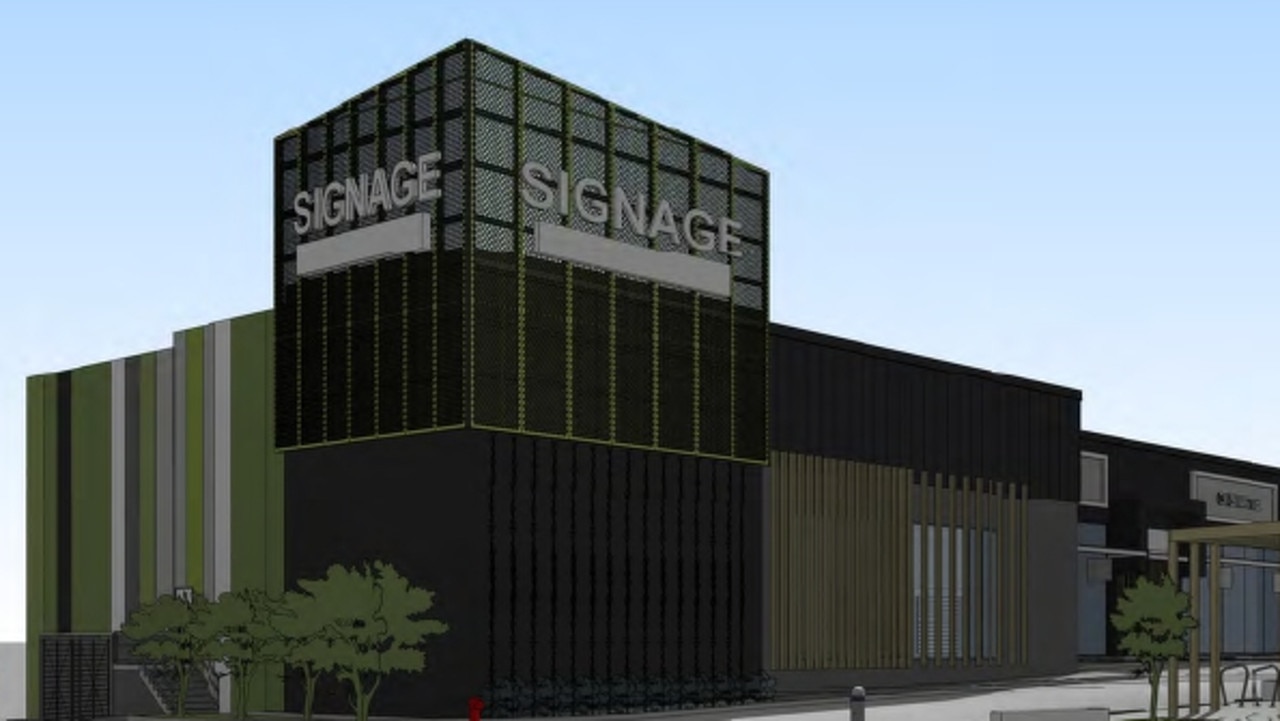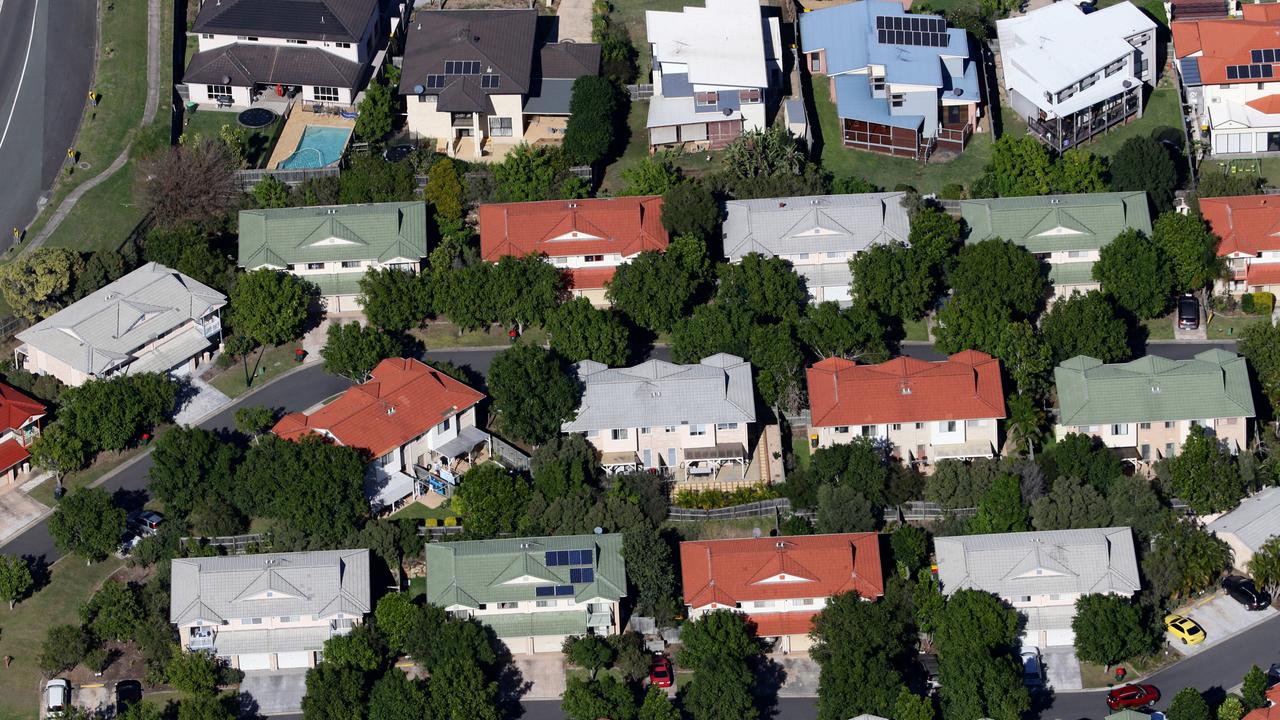Staggering price hikes turn parts of Sydney into billion dollar suburbs
Home seekers have been opening their wallets like never before during the Covid-era and it has turned parts of Sydney into billion dollar suburbs. Do you live in one?
Property
Don't miss out on the headlines from Property. Followed categories will be added to My News.
Rampant spending in the housing market during the Covid period has turned parts of Sydney into billion dollar suburbs.
Figures from realestate.com.au revealed there were multiple areas where nearly a billion dollars in property traded last year, with rising prices and frantic buying activity pushing the total value of sales to unprecedented heights.
Mosman was the top suburb for property transactions, with close to $1.82b in real estate changing hands over the year – more than anywhere else in the country.
Castle Hill was also a billion dollar suburb with $1.06b in transactions, while Randwick was just short of a billion with $980m in sales.
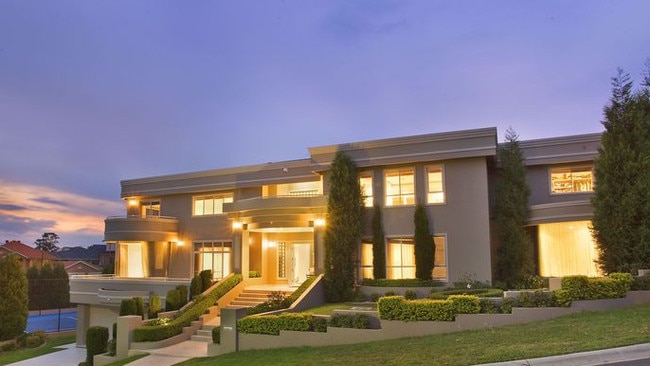
Bellevue Hill, St Ives, Maroubra and Manly each had more than $840m in sales.
This level of spending was unprecedented and was up to 65 per cent higher than spending over 2020.
PropTrack economist Eleanor Creagh said ultra-low interest rates had driven increased demand for property while allowing homebuyers to take out larger mortgages.
“This impact of lower interest rates has been very quickly capitalised into higher housing prices over the last 12-24 months,” Ms Creagh said.
Realestate.com.au data showed there were many suburbs where the median price of houses grew by more than $1m over the past year. Most of these suburbs were on the coast.
The average rise in house prices across the market as a whole was about $300,000.
Ms Creagh said these meteoric rises were driven by government stimulus, closed international borders and increased levels of household savings, which meant more money was funnelled into housing.
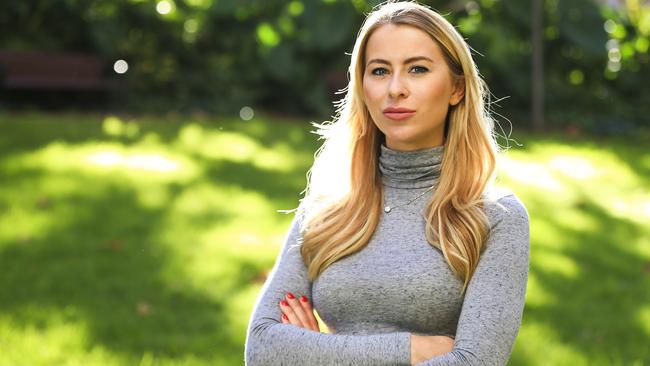
De Brennan Property Mosman Jonathon De Brennan said much of the money being pumped into real estate would normally have been spent on luxuries such as international travel.
“Rather than spending the money on a nice holiday, they’ve brought the holiday to themselves by buying in areas such as Mosman that are on the harbourfront,” Mr De Brennan said. “If buyers have decided to stay in the Sydney area, they have shifted closer to the coast.”
Demand in coastal areas was so strong that homeowners were often getting buyer inquiries even if they weren’t listing their homes for sale.
Shane Vincent from Belle Property Randwick said there had been a “strong phenomenon” of off market sales driven by buyer’s agents seeking out unlisted homes in areas such as Maroubra last year.
“Buyers and sellers no longer cared what they were paying for a property as long as the gap between what they were selling and what they were buying was within their budget,” Mr Vincent said.
“That became like a property currency more so than the real dollar value.”
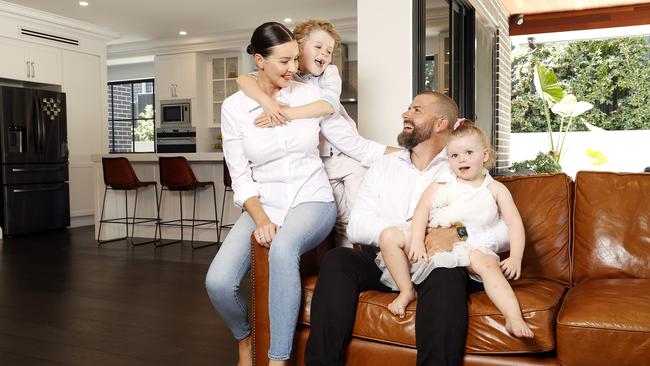
Outside, of coastal suburbs, the Hills region had one of the biggest surges in property transactions.
Kate Lumby, director of Hills-based real estate group Lumby Hampson, said open space was one of the factors driving buyers to Caste Hill and much of the surrounding area.
“Close to 58 per cent of our buyer base are coming out of the Inner West, Northern beaches and Eastern suburbs,” Ms Lumby said.
While Castle Hill has traditionally been the hub of the Hills District, Ms Lumby said she expected neighbouring suburbs like Rouse Hill and Box Hill to be the next growth regions thanks to growing development and more affordable entry prices.
Box Hill residents Brendan and Emma Bastian said growing interest in the Hills region was making them feel confident in listing their house at 14 Celestial St for sale.
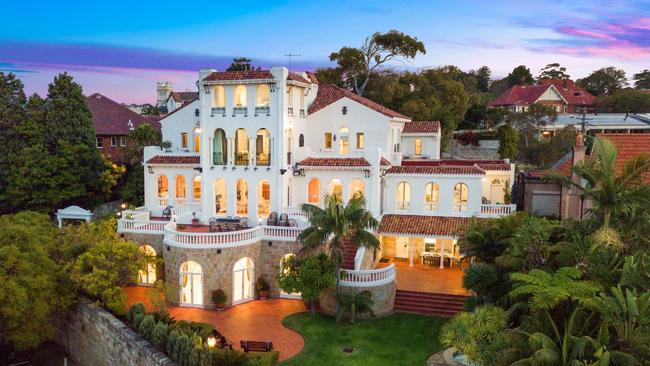
They said living in Castle Hill was an attractive proposition, but the cost of land in the billion-dollar suburb was beyond their budget.
Land prices were also skyrocketing in Box Hill. “It’s amazing. The last 12 months have been crazy,” Mr Bastian said. “It’s gone from a $1m house to a $2m house in one year.”

